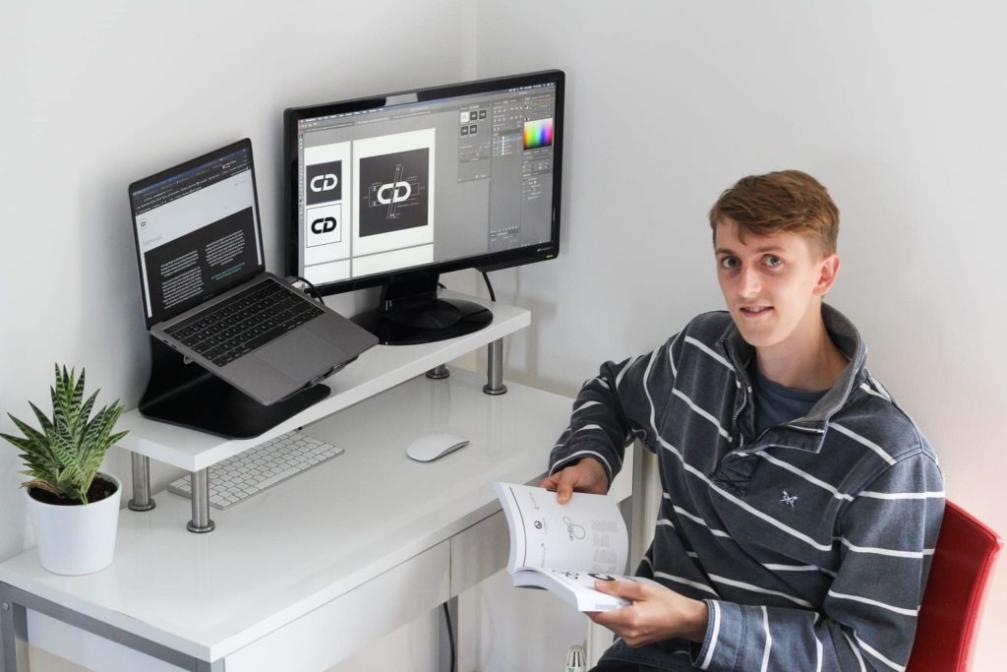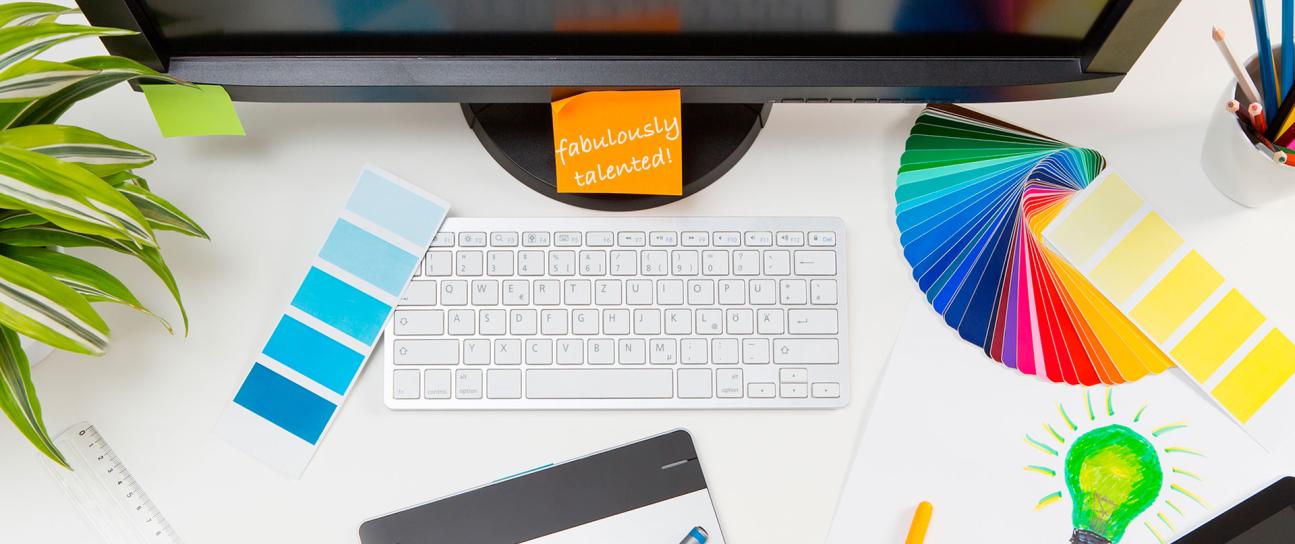How Can I Effectively Collaborate with Clients to Deliver High-Quality Designs?
In the realm of design, effective collaboration between designers and clients stands as a cornerstone for delivering high-quality designs that resonate with the client's vision and objectives. Collaboration fosters a synergistic relationship where both parties work in tandem, leveraging their expertise and insights to create exceptional outcomes.

Understanding Client Needs And Objectives:
At the heart of successful collaboration lies a profound understanding of the client's needs, goals, and objectives. Designers must adopt an empathetic approach, actively listening to the client's aspirations and delving into the underlying rationale behind their requests. By asking clarifying questions and engaging in meaningful dialogue, designers gain a deeper comprehension of the client's perspective, enabling them to tailor their designs accordingly.
Establishing Clear Communication Channels:
Open and transparent communication serves as the lifeblood of effective collaboration. Designers should establish clear communication channels from the outset, ensuring that both parties are on the same page throughout the design process. Regular meetings, email updates, and online collaboration tools can facilitate seamless communication, fostering a collaborative environment where ideas are exchanged freely and feedback is readily shared.
Setting Clear Expectations And Deliverables:
Clarity in expectations and deliverables is paramount to successful collaboration. Designers should create a detailed project brief that outlines the scope of work, timeline, and deliverables. This document serves as a roadmap, guiding both parties towards a shared understanding of the project's objectives and ensuring that the final product aligns with the client's expectations.
Encouraging Client Feedback And Involvement:

Client feedback plays a pivotal role in refining and improving design concepts. Designers should actively encourage clients to provide constructive feedback, fostering an iterative process where designs are continuously refined based on the client's input. By involving clients in the design process, designers can ensure that the final product truly reflects the client's vision and meets their specific requirements.
Managing Client Expectations:
Managing client expectations is a delicate balancing act, requiring designers to strike a harmonious equilibrium between the client's aspirations and project constraints. Designers should set realistic timelines, explaining any limitations or challenges that may arise during the design process. By involving clients in decision-making and keeping them informed of progress, designers can manage expectations effectively, ensuring that both parties remain aligned throughout the project.
Resolving Conflicts And Challenges:
Conflicts and challenges are an inevitable part of the design process. Designers should approach these situations with a constructive mindset, maintaining open communication and seeking mutually beneficial solutions. By addressing conflicts promptly and fostering a collaborative environment, designers can transform challenges into opportunities for growth and improvement.
Continuous Learning And Improvement:
In the ever-evolving landscape of design, continuous learning and improvement are essential for designers to stay at the forefront of innovation. Designers should actively seek feedback from clients, colleagues, and industry experts, using these insights to enhance their skills and deliver exceptional designs consistently.
Effective collaboration between designers and clients is the linchpin of high-quality design outcomes. By understanding client needs, establishing clear communication channels, setting clear expectations, encouraging client feedback, managing expectations effectively, resolving conflicts constructively, and embracing continuous learning, designers can forge strong partnerships with clients, delivering designs that exceed expectations and leave a lasting impact.
YesNo

Leave a Reply